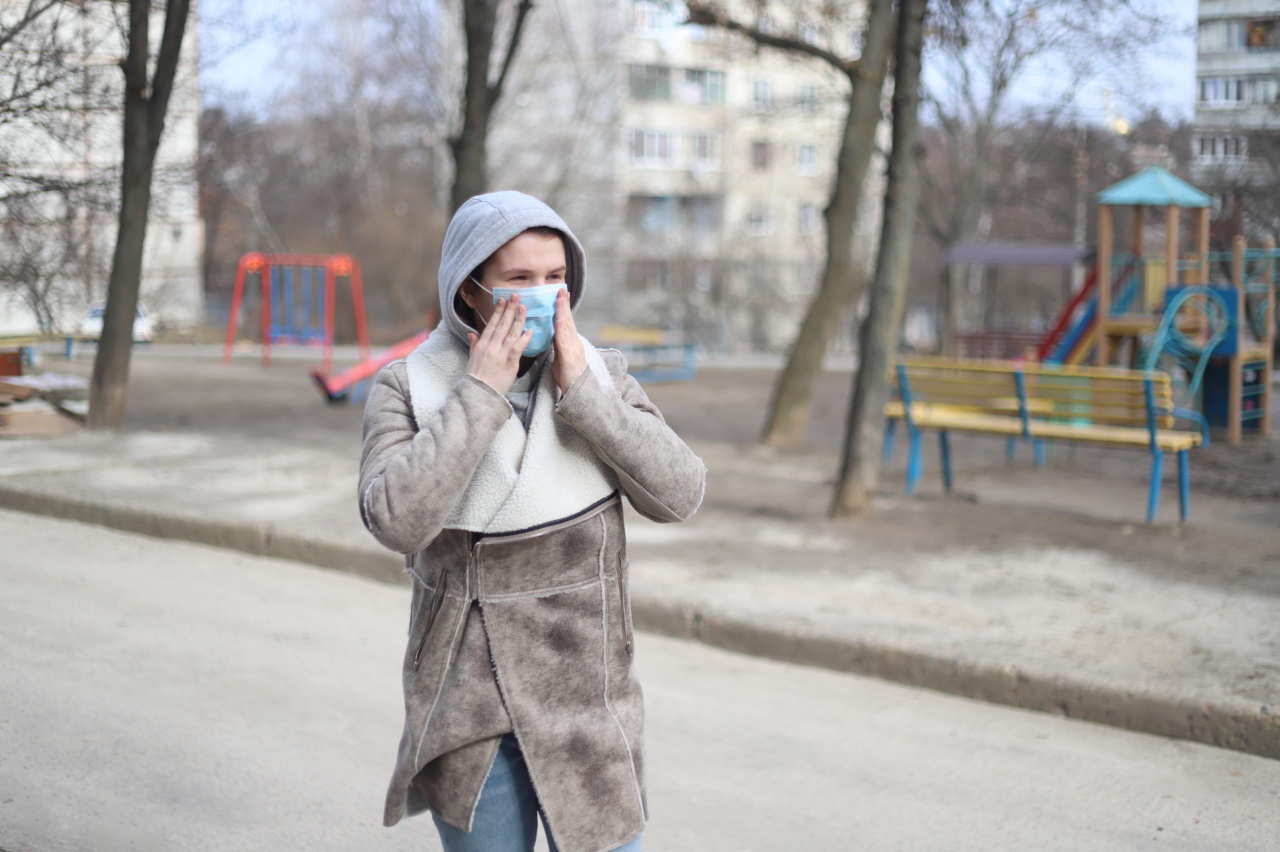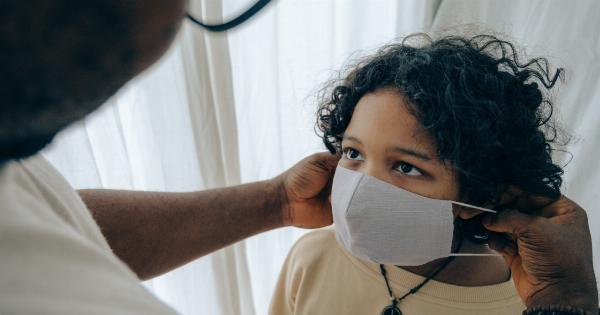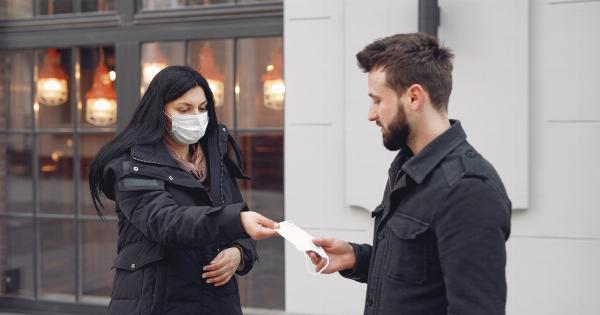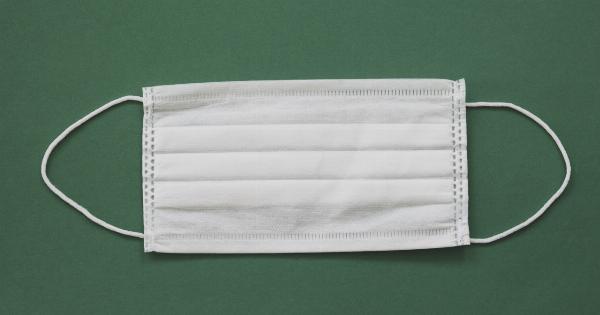As the cold and flu season approaches, it is important to take proactive steps to prevent the spread of germs and keep yourself and your loved ones healthy.
The common cold and flu are highly contagious respiratory illnesses caused by different viruses, and they can easily spread from person to person through close contact, droplets from coughing or sneezing, and by touching contaminated surfaces. By following some simple yet effective hygiene practices, you can minimize your risk of catching and spreading these nasty illnesses. Here are some essential tips for staying cold and flu-free.
1. Wash Your Hands Frequently
One of the most effective ways to prevent the spread of germs is through proper hand hygiene.
Wash your hands frequently with soap and water for at least 20 seconds, especially after coughing or sneezing, using the restroom, before eating, and after being in public places. If soap and water are not available, use hand sanitizer that contains at least 60% alcohol. Remember to rub your hands together vigorously and cover all surfaces.
2. Practice Good Respiratory Hygiene
To prevent the transmission of cold and flu viruses, it is crucial to practice good respiratory hygiene. Cover your mouth and nose with a tissue or your bent elbow when you cough or sneeze to prevent the spread of droplets.
Dispose of used tissues immediately and wash your hands thoroughly. Avoid touching your face, particularly your eyes, nose, and mouth, as these are common entry points for viruses.
3. Get Vaccinated
Annual flu vaccination is one of the best ways to protect yourself and others from the flu. The influenza virus can mutate and change every season, so getting vaccinated is important to ensure your immunity.
Flu vaccines are readily available and are typically offered before the flu season begins. Consult your healthcare provider about which flu vaccine is right for you and your family.
4. Clean and Disinfect Frequently Touched Surfaces
Viruses can survive on surfaces for some time and can easily be transferred when touched. Clean and disinfect frequently touched surfaces, such as doorknobs, light switches, countertops, and electronic devices, regularly.
Use a household disinfectant or wipes that are effective against viruses. It is also important to clean and disinfect shared items like remote controls, phones, and keyboards.
5. Avoid Close Contact with Sick Individuals
If someone in your household or workplace is sick with a cold or the flu, try to limit close contact with them to avoid catching the illness.
Viruses can spread through respiratory droplets, so maintaining a certain distance can reduce the risk of transmission. Encourage the sick person to cover their mouth and nose when coughing or sneezing, and provide them with tissues and a separate area to rest and recover.
6. Stay Home when You’re Sick
When you are feeling unwell, it is important to stay home and rest. Going to work or school when you have a cold or the flu not only puts others at risk but also slows down your recovery.
Stay home until you are fever-free for at least 24 hours without the use of fever-reducing medication. Resting and taking care of yourself will help you recover faster and prevent the spread of germs to others.
7. Boost Your Immune System
Maintaining a strong immune system can help protect you from getting sick or reduce the severity of the illness. Eat a balanced diet that includes plenty of fruits, vegetables, whole grains, and lean proteins.
Stay hydrated by drinking enough water and get regular exercise to strengthen your body’s natural defense mechanisms. Adequate sleep is also essential for a healthy immune system.
8. Avoid Touching Public Surfaces
In public places, like public transportation, malls, or public restrooms, try to minimize contact with surfaces that may be contaminated. Use a tissue or your sleeve to open doors, press elevator buttons, or use handrails.
Wash or sanitize your hands after touching commonly used surfaces. Carry a small bottle of hand sanitizer with you for convenience and peace of mind.
9. Wear a Mask in Crowded Settings
In situations where social distancing may be difficult, such as in crowded public spaces or during air travel, consider wearing a mask as an additional protective measure.
Masks can help prevent the transmission of respiratory droplets and reduce the risk of inhaling viruses. Make sure the mask covers your nose and mouth completely and fits snugly against the sides of your face.
10. Stay Informed and Follow Public Health Guidelines
Lastly, stay informed about the latest updates and recommendations from public health organizations and authorities regarding cold and flu prevention. Follow their guidelines and advice, as they are based on scientific evidence and expert knowledge.
Stay up to date with vaccination campaigns, outbreak alerts, and any specific preventive measures suggested by health officials.
By incorporating these preventative measures into your daily routine, you can significantly reduce your risk of catching and spreading the cold and flu viruses.
Protecting yourself and others not only helps maintain a healthier community but also plays a crucial role in preventing outbreaks and ensuring overall well-being. Stay vigilant, adopt good hygiene practices, and prioritize your health.




























